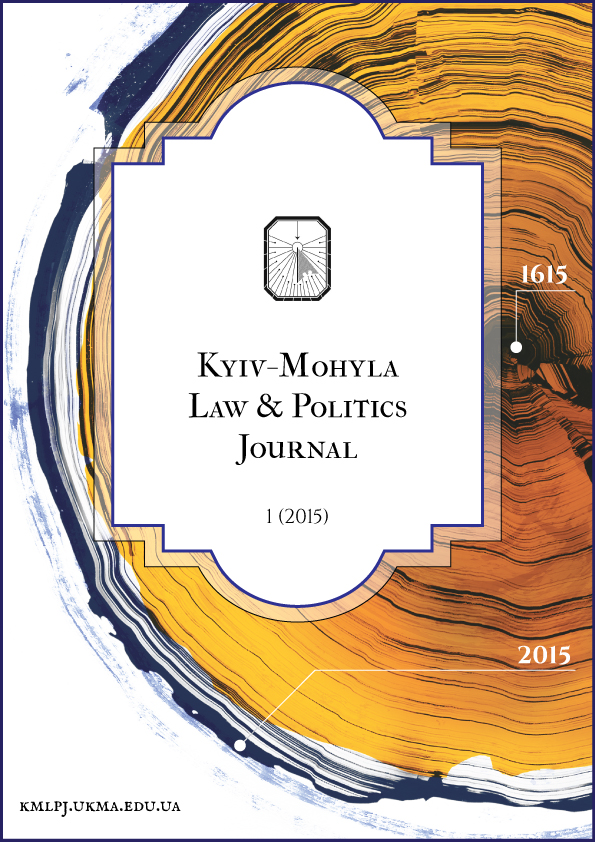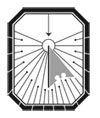The EU-Ukraine Association Agreement: A New Legal Instrument of Integration Without Membership?
DOI:
https://doi.org/10.18523/kmlpj52678.2015-1.1-19Keywords:
European Union, Ukraine, Association Agreement, Deep and Comprehensive Free Trade Area, integration, legislative approximationAbstract
This article analyses the EU-Ukraine Association Agreement (EU-Ukraine AA). It argues that this new legal framework, which has the objective to establish a unique form of political association and economic integration, is characterized by three specific features: comprehensiveness, complexity and conditionality. After a brief background of the EU-Ukraine relations, the following aspects are scrutinized: legal basis and objectives, institutional framework and mechanisms of enhanced conditionality, and legislative approximation. In addition, constitutional challenges for the effective implementation of the EU-Ukraine AA are discussed. Based upon a comparison with other EU external agreements, it is demonstrated that the EU-Ukraine AA is an innovative legal instrument providing for a new type of integration without membership.References
- Gotev, Georgi. “Ukraine Ready to Sign Association Agreement during March EU Summit.” Euractiv.com, February 27, 2014. Accessed December 30, 2014. http://www.euractiv.com/europes-east/ukraine-wants-sign-association-a-news-533818.
- Łazowski, Adam. “Enhanced Multilateralism and Enhanced Bilateralism: Integration without Membership in the European Union.” Common Market Law Review 45.5 (2008): 1433–58.
- Maresceau, Marc. “Les accords d’intégration dans les relations de proximité de l’Union européenne.” In Les frontières de l’Union européenne, edited by Claude Blumann, 151–92. Bruxelles: Bruylant, 2013.
- Petrov, Roman. “Recent Developments in the Adaptation of Ukrainian Legislation to EU Law.” European Foreign Affairs Review 8.1 (2003): 125–41.
- Petrov, Roman, and Paul Kalinichenko. “The Europeanization of Third Country Judiciaries through the Application of the EU Acquis: The Cases of Russia and Ukraine.” International & Comparative Law Quarterly 60.2 (2011): 325–53.
- Van Elsuwege, Peter, and Guillaume Van der Loo. “Competing Paths of Regional Economic Integration in the Post-Soviet Space: Legal and Political Dilemmas for Ukraine.” Review of Central and East European Law 37 (2012): 421–47.
- Van der Loo, Guillaume. “The EU-Ukraine Deep and Comprehensive Free Trade Area: A Coherent Mechanism for Legislative Approximation?” In Legislative Approximation and Application of EU Law in the Eastern Neighbourhood of the European Union. Towards a Common Regulatory Space? edited by Peter Van Elsuwege, Roman Petrov, 63–88. Milton Park, Abingdon, Oxon: Routledge, 2014.
Downloads
How to Cite
Issue
Section
License
Copyright (c) 2016 Roman Petrov, Cuillaume Van der Loo, Peter Van Elsuwege

This work is licensed under a Creative Commons Attribution 4.0 International License.
Kyiv-Mohyla Law and Politics Journal provides free access to original research without restriction barriers (i.e. subscription fees, licensing fees etc.).
Unless otherwise indicated, content is licensed under the Creative Commons Attribution 4.0 International (CC BY 4.0) license, which means you are free to:
distribute, remix, tweak, and build upon your work, even commercially
...provided that any use is made with attribution to author(s) and Kyiv-Mohyla Law and Politics Journal.
The copyright in the article or any other submission to Kyiv-Mohyla Law and Politics Journal shall remain with the author(s).
The journal allows the author(s) to hold the copyright without restrictions and will retain publishing rights without restrictions.








